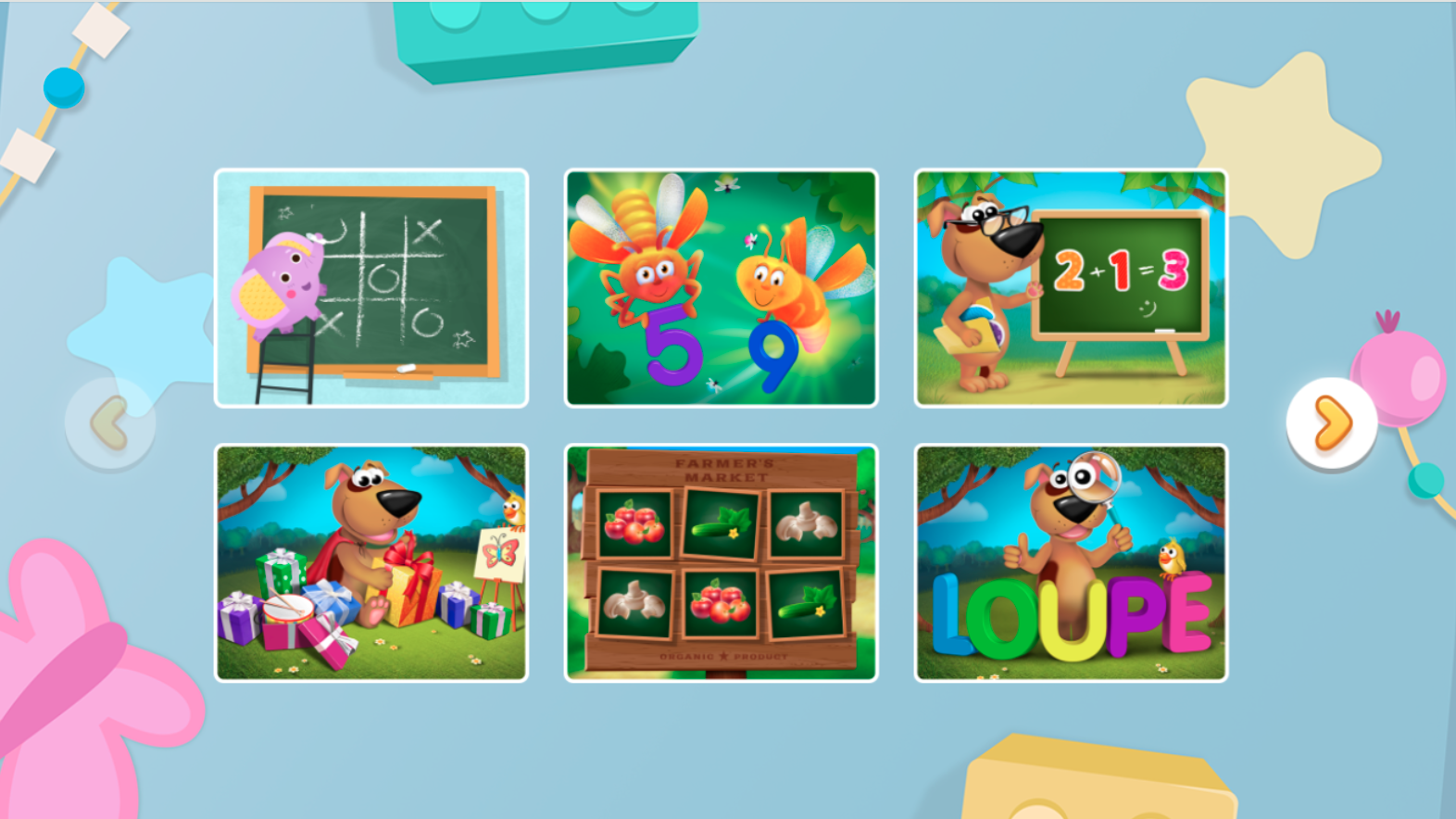Understanding Sequences Numbers Worksheets for Ages 5-9
5 filtered results
-
From - To
Unlock the world of numbers with our "Understanding Sequences Numbers Worksheets for Ages 5-9". These engaging and educational resources are designed to help young learners master number sequences, boosting their counting and problem-solving skills. Perfect for children ages 5 to 9, our worksheets feature a range of activities from simple counting exercises to more complex sequence puzzles, all crafted to make learning fun and interactive. Through colorful illustrations and step-by-step guidance, kids will strengthen their mathematical foundation, preparing them for future academic success. Foster a love for numbers today with our expertly designed sequence worksheets!
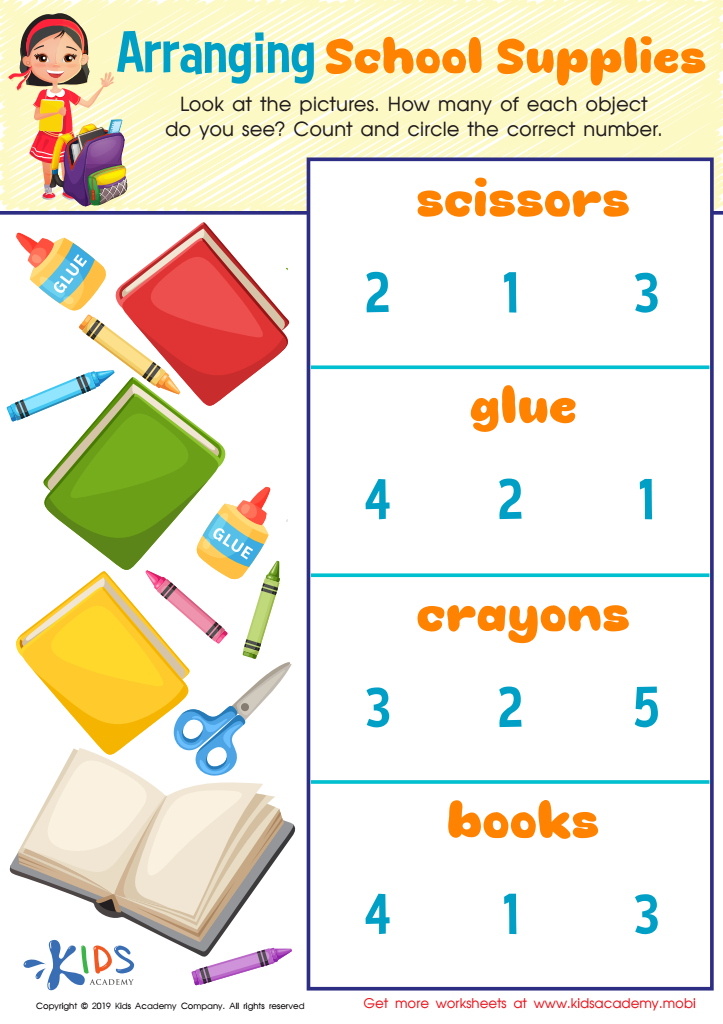

Arranging School Supplies Worksheet
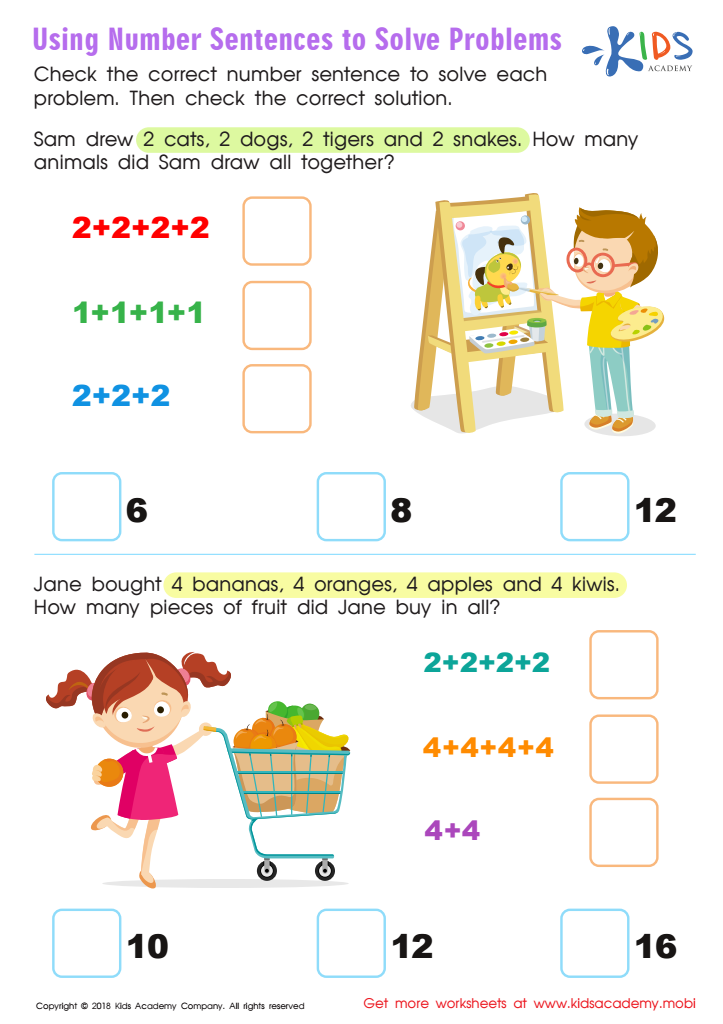

Using Number Sentences to Solve Problems Worksheet
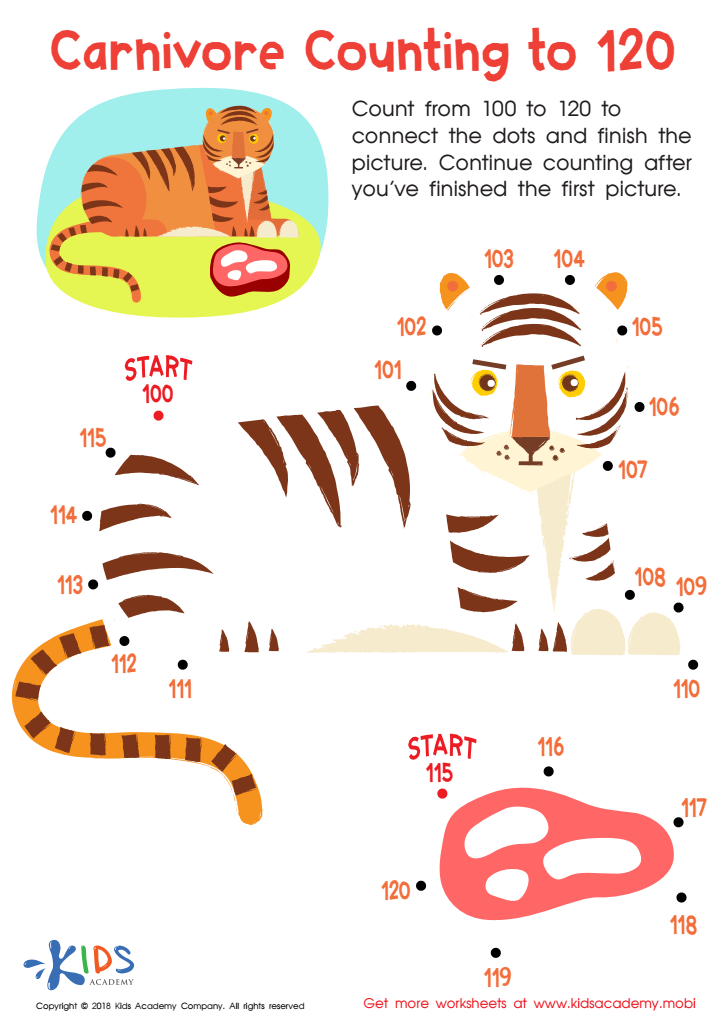

Carnivore Counting to 120 Worksheet
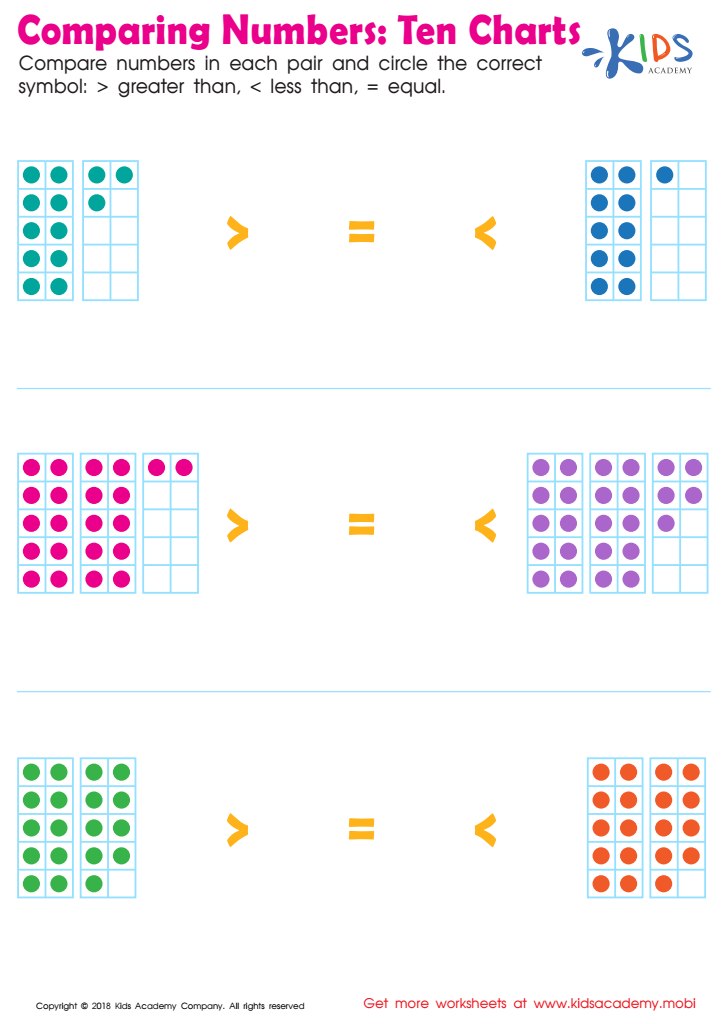

Ten Charts Worksheet
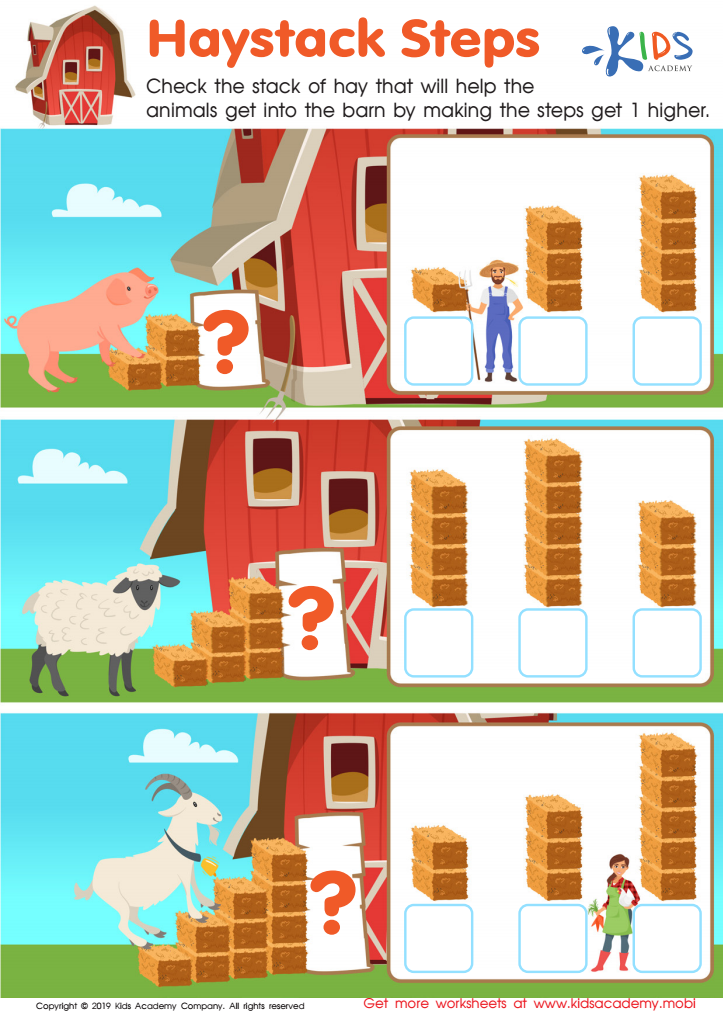

Haystack Steps Worksheet
Understanding sequences numbers is crucial for children ages 5-9 as it lays the groundwork for several essential mathematical concepts. Firstly, recognizing patterns helps young learners develop critical thinking and problem-solving skills, which are vital in both academics and daily life. Knowing how to identify and extend sequences improves their ability to anticipate and make educated guesses, skills that are beneficial across subjects.
Moreover, grasping sequences connects directly to arithmetic. Learning to count by 2s, 5s, or 10s, for instance, facilitates a deeper understanding of multiplication and division. This foundational knowledge supports smoother transitions into more complex math topics, such as algebra and geometry, later on.
Developmentally, children in this age group are naturally curious and inclined towards discovering order in their environments. Engaging them with sequences nurtures this innate curiosity, making learning enjoyable. Additionally, sequences extend beyond math; they are found in music, art, and natural patterns, thus promoting interdisciplinary learning.
Lastly, involving parents and teachers in this aspect of education fosters a collaborative environment, reinforcing the child's learning through multiple channels. Understanding sequences equips students with confidence in their analytical abilities, encouraging a positive attitude towards math and learning in general. Therefore, it is crucial that both parents and teachers prioritize this aspect of a child's mathematical development.
 Assign to My Students
Assign to My Students






